While many gardeners are accustomed to fighting bugs in a yard, a fantastic array of bugs can also attack indoor plants. Aphids, Spider Mites, thrips, and mealybugs can come from nowhere. These bugs can suck up your precious indoor plant life. These crawling or flying pesky bugs can quickly infect indoor plants.
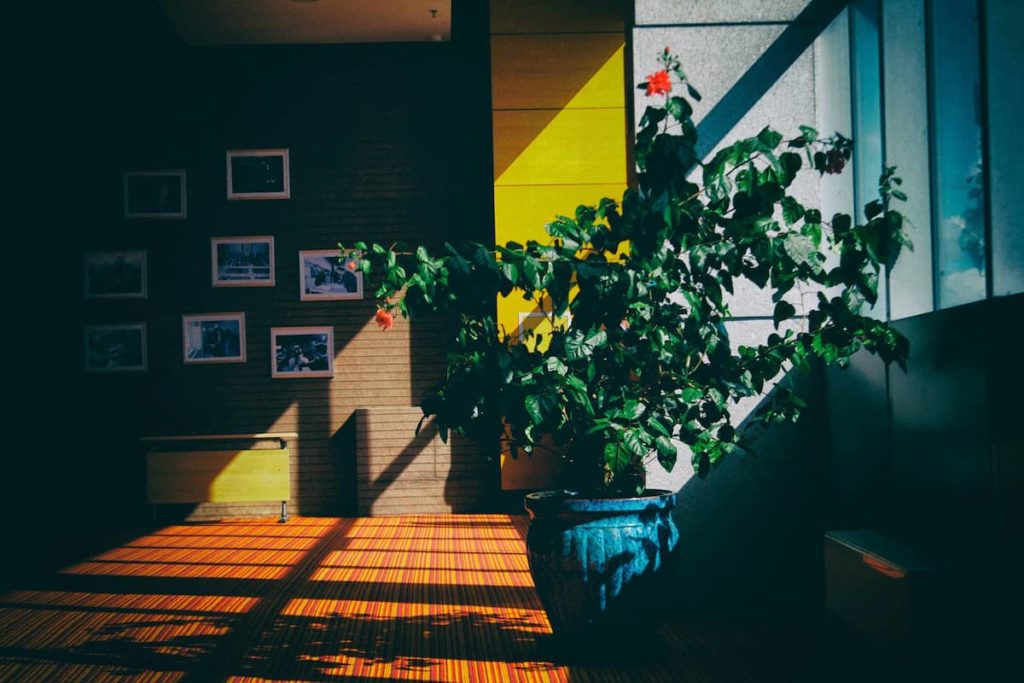
You can see them emerging from the soil, flying around their plant, clinging to stems, and not moving. Yellow leaves, weak growth, leaf drop, or wilting stem are all consequences of bug attacks. Some natural remedies for plant bugs can be effective without filling your home with toxic chemicals. You should pay patience, determination, and hard work to kill bugs on indoor plants.
How to get rid of bugs on indoor plants
Common indoor plants bugs
- Several sap-feeding, honey-producing bugs find their way onto houseplants. Aphids are pear-shaped, 1/16-inch-tall bugs that feed in colonies under the leaves.
- Scale bugs have a waxy covering and are usually round or shaped like oyster shells. Regarding the size of the Aphids, Scales look like harmless bumps under the leaves or on the stems.
- Mealybugs are large, about 3/16 inches long, and have waxy, cornmeal-like coatings at the ends of their body or tail. They can be found under the leaves or where the leaves join the stems in cottony-looking clusters.
- Whiteflies are not real flies but relatives of Aphids, Scales, and mealybugs. They are only 1/16 inch tall and look like small bugs. When you disturb the affected plant, a small cloud of Whiteflies rises briefly and then resettles on the plant.
- At 1/50 inch in length, Spider Mites often feed on plant leaves and tender new growth juices, which don’t produce honeydew. You can place a sheet of white paper under the plant’s leaves and shake them. If the dots on the paper appear to move, the dots are Spider Mites.
- Thrips are fast movers, unlike Aphids, mealybugs, and Scale bugs. Then, about 1/16 inch long and ranging from tan to dark brownish-black, Thrips can look like small threads on a houseplant. Their feeding causes streaks and distorted growth on the plant, and bugs leave small, shiny drops of excrement.
Why does my indoor plant have bugs?
- Infections in the house are worse than outdoors. Although houseplants can be infected with bugs at any time during the year, they are most vulnerable in winter. Houseplants enter a state of dormancy during the winter, making them more vulnerable to bug attacks.
- On many houseplants, winter growth is weaker than in summer, making them more prone to infection.
- Indoor humidity levels are very low during the winter, which is the best breeding ground for specific plant bugs. Also, your plants don’t get any fresh air.
- Using garden soil can introduce all kinds of bugs into your home. There may be microscopic eggs or larvae in the ground in your plant pots. Always buy a sterile commercial potting mixture from a garden shop.
- Usually, no predators indoors that kill bugs and feed on them.
- Poor lighting, low or high humidity, and some temperatures can create an environment where houseplant bugs thrive. Some common houseplant bugs love a dry climate, and homes have less moisture than outdoors.
- Plants in hanging baskets grow well outdoors in summer but must be indoors during winter. At that time, you can bring unwanted guests from the outside.
In case you missed it: How to Give Your Garden Calcium Boost: Simple Tips and Ideas
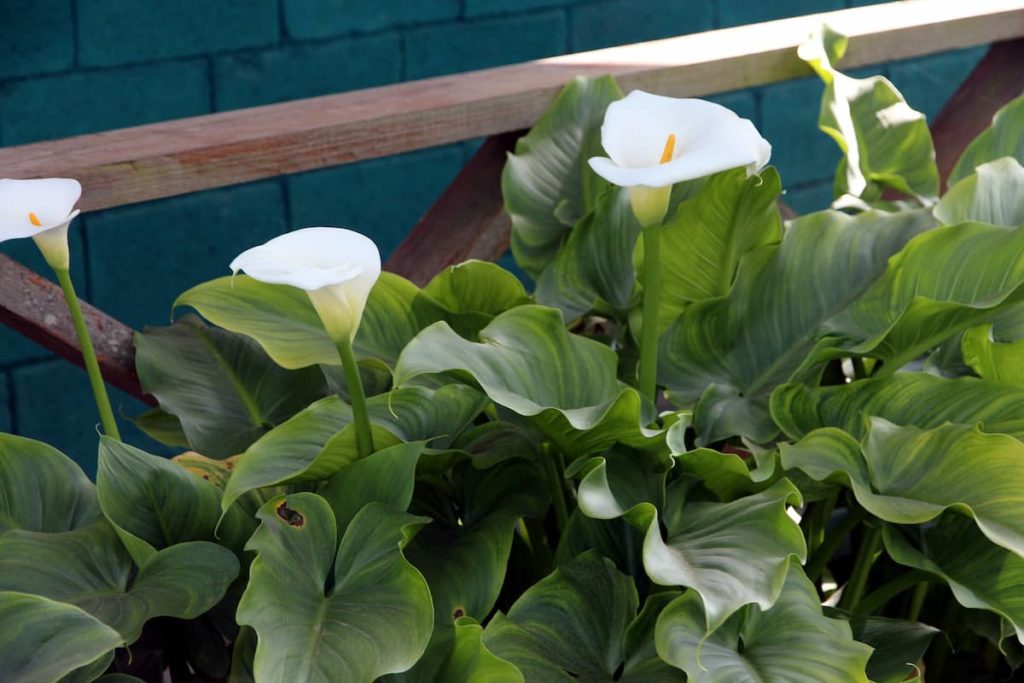
Finding bugs in indoor plants
If not treated in time, many lesser-known bugs can cause significant damage to your houseplants, such as yellowing, wilting, and stunted growth.
- Yellow leaves – Other conditions, such as improper water, extreme temperature changes, and excess moisture, can cause plants to turn yellow. Mites, Whitefly, Spider Mites, and Mealybugs also cause houseplant leaves to turn yellow and fall due to their eating habits. An infection can quickly deplete the plant’s essential nutrients, which can cause the houseplant’s leaves to turn yellow and fall.
- Wilted Plants – Underwater can cause your houseplants to wilt and droop, but it can also signify that your plants are hosting adult thrips or young Scales. Both bugs gather in clusters, often under the leaves of plants, where they feed on sap.
- Stunted growth – Like other common houseplant bugs, the everyday feeding habits of these Mites can cause plant leaves to deform and stunt plant growth.
The best houseplants for repelling bugs
One way to avoid bugs in your houseplants is to choose plants that are naturally resistant to bugs.
- Snake plant- The Snake plant has leaves that vary in yellow, green, and cream colors. The leaves are leathery and tough, making it difficult for bugs to attack.
- Jade plant – Jade plants come in many different colors and types. These plants have thick and succulent leaves.
- Coleus Blumei – A Coleus plant is beautiful, with its brightly colored leaves. The leaves are hard and leathery, which is a great deterrent for bugs; they have difficulty reaching the sap inside through the outer leaf.
- Basil And Other Herbs – Most bugs avoid the strong scent of herbs. This makes them ideal for growing indoors, and they brighten up any kitchen. Choose Basil, Mint, Chamomile, and Chives. All grow well independently, or you can fold them together in a large pot.
In case you missed it: How to Get Rid Of Spider Mites On Indoor Plants
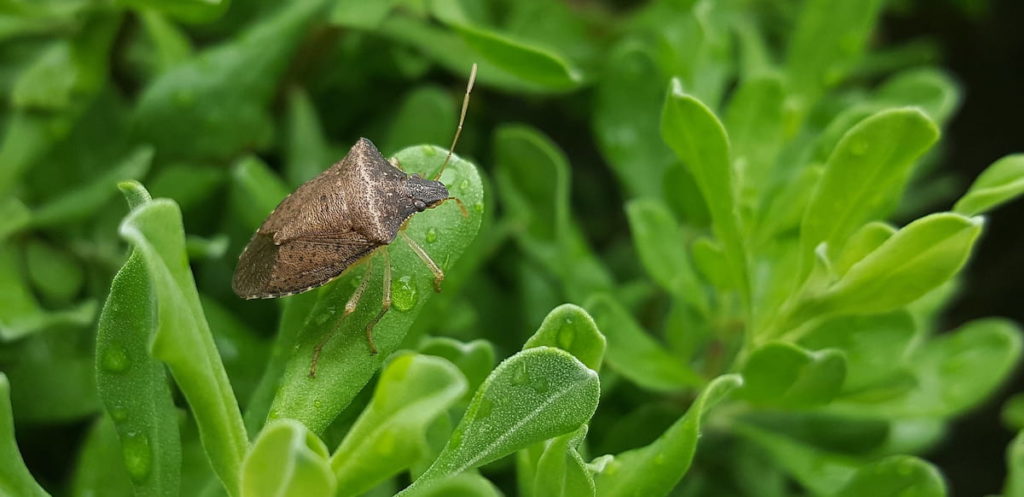
How to get rid of bugs from indoor plants’ soil naturally
- All houseplants are susceptible to bugs; however, bugs that find a home in the soil of your houseplant can be challenging to identify and difficult to remove. Unlike some common houseplant bugs found on your plant, bugs that penetrate the houseplant’s soil may go unnoticed for a long time. Regarding houseplants, bugs are one of the biggest dangers if left untreated, chewing leaves and roots and even stealing valuable nutrients from the soil.
- The most common indoor plant bugs are Aphids, Fungus Gnats, Spider Mites, and Whiteflies, all of which can cause severe damage. However, bug treatment in houseplant soil is multifactorial and should work for most bugs.
- You can water your plants using water solutions and three percent hydrogen peroxide. Use 1 part hydrogen peroxide for three parts of water. Hydrogen peroxide will help kill bugs and release oxygen into the soil. Oxygen will promote healthy root growth.
- Drench the soil with insecticidal soap on the appearance of soil bugs. Aphids and Mealybugs burrow into the soil and become apparent in the water when they crawl to the surface. A large number of soil bugs cause wilting in the plant.
- You should trap and identify soil Fungus Gnats by placing a sticky paper mesh in front of the plant. You can add a small container with cider vinegar near the plant to attract the Gnats as they dive into the vinegar and sink.
- You should apply Garlic juice to the soil of plants affected by Mites or Aphids. Make the solution with two Garlic cloves, one teaspoon of isopropyl alcohol, and 3 quarts of water. Spray the solution directly onto the soil surface several times a day until the bugs are controlled.
How to prevent bug infestations
- Inspect new plants – When looking for new plants, check them carefully before buying them and bringing them home. Look along each stem along the bottom of the leaves. Many bugs enter your home by making their way to new plants.
- Isolated from other houseplants –When you bring a new plant to the house, leave it in a separate room for at least a week. If the plant is bug-free after a week, it’s ready to join your other plants.
- Use sterile potting soil – Always use fresh, sterile commercial potting soil to repot the plant, and never use garden soil. If you’re repotting a houseplant with no bugs, it’s okay to reuse the soil in a new container for the same plant. But you should not reuse potting soil from one houseplant to replant another plant.
- Check the plants before bringing them indoors – If you have plants in the summer in hot weather and come indoors for the winter, be sure to check them carefully for bugs.
- Check plants regularly – It is easier to rid plants of bugs when there are only a few bugs than treating the entire infection. Checking once a week, a quick scan you may need to treat bugs before they become a real problem.
In case you missed it: How to Build a Trellis for Cucumbers: A Step-by-Step Planting Guide for Beginners
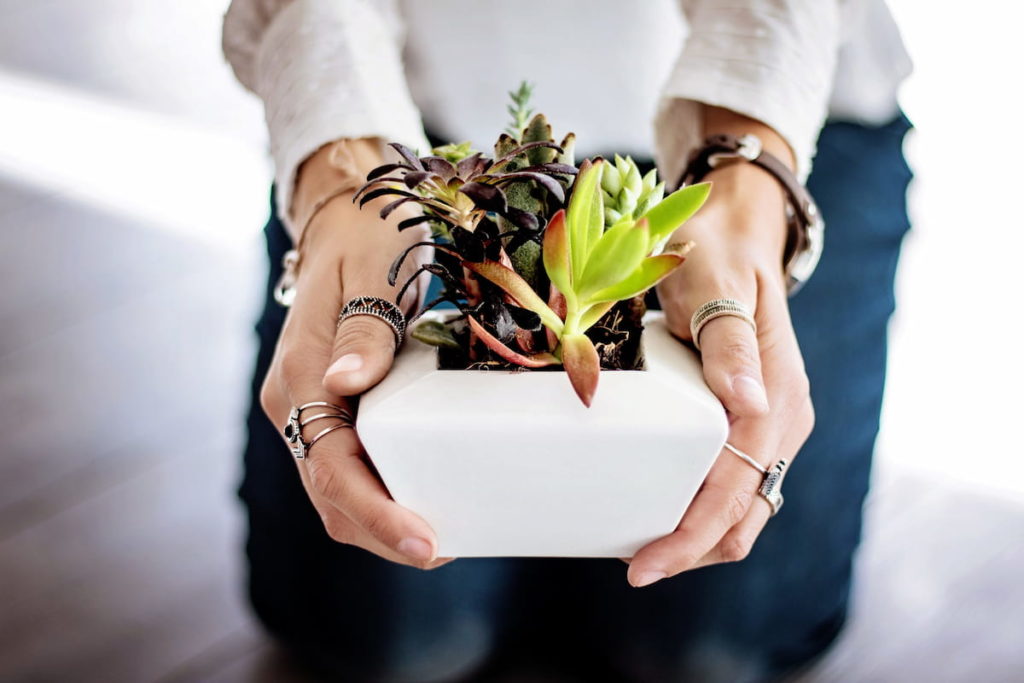
Homemade bug sprays for indoor plants
Most bugs in houseplants are found under the leaves, on stems, or in flower buds.
Insecticidal soap
Buy organic insecticidal soap to wash the leaves and stems of plants. Or, you can try your remedy at home to kill bugs on the leaves of houseplants. Mix 1 teaspoon of mild organic liquid soap in 1-liter hot water in a spray bottle, then stir well to mix. Spray the soap remedy directly on the affected parts of the plant. Wipe the leaves to remove dead bugs.
Neem oil solution
An organic neem oil home remedy is effective against several types of bugs on the leaves of indoor plants. Use neem oil for Spider Mites, Aphids, thrips, mealybugs, Whiteflies, and Fungus Gnats. Mix 1.5 teaspoons of organic neem oil and one teaspoon of light liquid soap in 1litre of hot water. Put in a spray bottle and mix well. Use your home remedies bug solution to spray all parts of the infected plant. You should use it once a week to get rid of bugs and once every four weeks for prevention.
Rubbing alcohol
One natural remedy to kill common houseplant bugs is to apply rubbing alcohol. Soak a cotton bud in alcohol and apply it directly to the bugs.
Mild soap spray
Always use mild soap when treating your houseplants. You should mix one tablespoon of dish soap into a 1-quarter spray bottle. Fill with tap water. This mix is a 2% solution that can treat and control specific bugs, such as Aphids, Mealybugs, and Spider Mites.
In case you missed it: How to Grow Tomato Plants Faster: Best Tips to Increase Flowering, Fruiting, and Production Yield
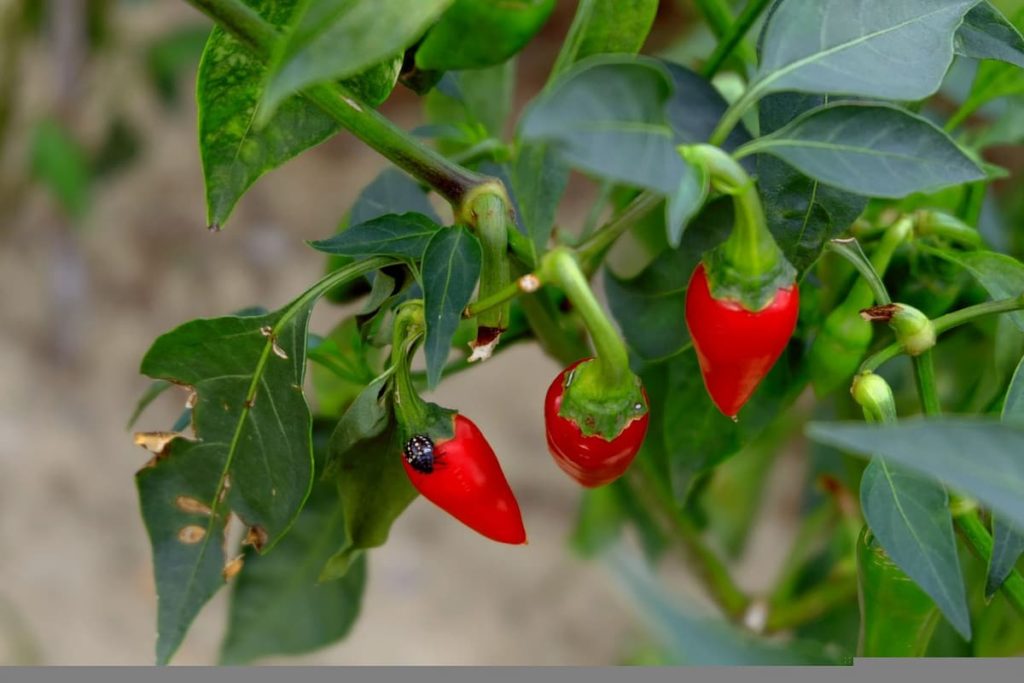
Essential oils
Essential oils are both excellent treatment and prevention when it comes to treating bugs. These oils are also suitable for treating fungal problems that are sensitive to many houseplants. Make these sprays from the essential oils listed below to catch common bugs and bugs.
- For treating Aphids, you can use Cedarwood, Spearmint, or Peppermint.
- For treating Fungus Gnats, you can use Spearmint or Patchouli.
- For treating Mealybugs, you can use Cedarwood, Peppermint, or Lemongrass.
- For treating Spider Mites, you can use Mint or Peppermint.
Add a total of 10 drops to a 118-milliliter spray bottle. You should use the mixture with water. Then, you should spray on the leaves and stem of the plant to control and get rid of bugs. You should mix three drops of each Clove, Peppermint, Rosemary, and Thyme oil in a 118-milliliter spray bottle filled with water.
Cooking oil bug spray
Cooking oil bug spray control Aphids, Spider Mites, thrips, Scales, and Whiteflies. You can use any oil in your kitchen, including Olives, Canola, or Sunflowers. Mix 1 cup of oil together with one tablespoon of mild dish soap. Mix 2 cups of water with four teaspoons of oil in a spray bottle. Wash the affected plant once, and wait a few days before applying again.
Baby shampoo bug spray
Baby shampoo eliminates Aphids and Whiteflies. You should mix one tablespoon of baby shampoo into a 118-milliliter spray bottle. Fill the top with water. Spray infected houseplants every two days with spray. This spray does not work well with plants that have bristly leaves or leaves with a wax coating.
In case you missed it: How to Plant Okra from Seeds: A Guide to Sowing to Harvesting
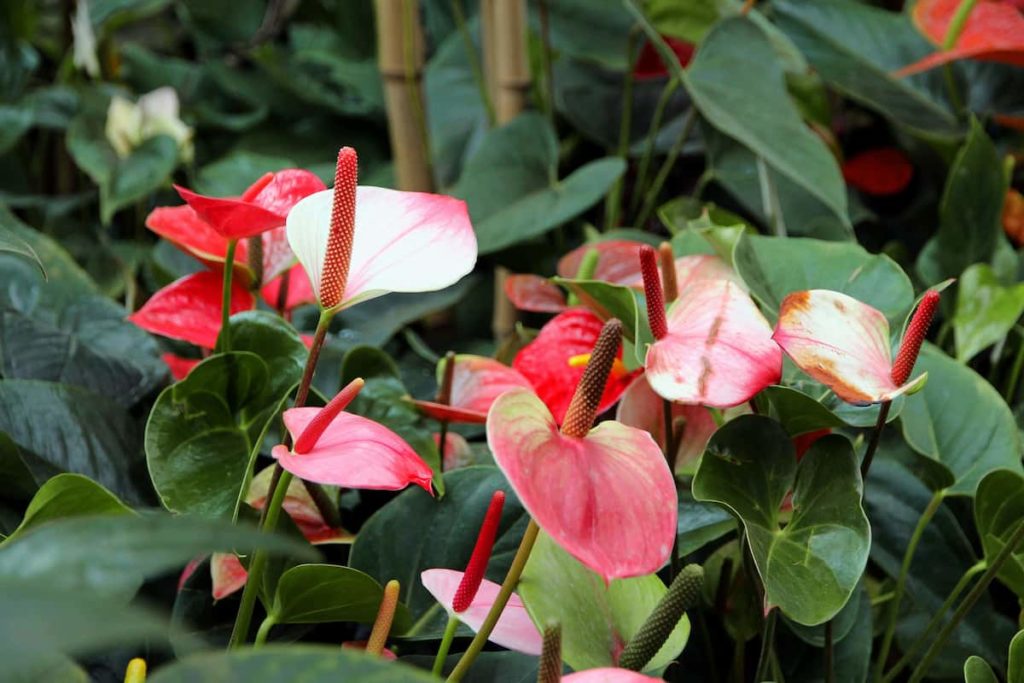
Herbal water spray
Herbs with a strong scent can help rid houseplants of spider bugs, Aphids, and other bugs. You can use a combination of Basil, Peppermint, Lavender, Sage, and Rosemary. Break down and crush the herbs to have about 1/2 cup in total. Place crushed herbs in a container with a lid. You should add 3 cups of water and seal the container.
Let it stand for at least 24 hours. Strain the water into a spray bottle, discarding used herbs. Add 1/4 teaspoon of mild dish soap to the water. Stir to mix before using. Then spray the whole plant once a day with herbal spray. Place the spray bottle in a cool, dark cupboard when not used.
Conclusion
Houseplants are becoming quite a decorative norm in households today. They can, in part, help improve indoor air quality and have many other health benefits. But unfortunately, even though they’re indoors, that doesn’t mean they’re not prone to plant bugs. Indoor plant bugs are more likely to take up residence on your houseplants because any external predators do not threaten them. Acting quickly on the first signs of a houseplant bug infection is essential.
- How to Grow Hibiscus from Flower
- Plantation Ideas for Home Decoration: A Beginners Guide
- Flower Garden Designs and Layouts for Beginners
- Planting and Spacing Techniques in Papaya: A Beginner’s Guide
- Growing Gold: Essential Techniques for Planting Pineapples
- How to Make Kalanchoe Plant Bushy: Home Remedies and Solutions
- 11 Reasons Why Your Gardenia is Not Blooming: Home Remedies and Solutions
- Eco Elegance: The Guide to Designing a Drought-Tolerant Landscape
- Gardening on a Slope: Strategies for Hillside Landscaping
- Nourish and Flourish: Top Organic Mulches for Thriving House Plants
- Everything You Want to Know about Indian Mogra Flower: Discover Uses and Growing
- Green Thumb Success: Expert Tips for Cultivating Greenhouse Pumpkins All Year Round
- Maximize Growth & Flavor: The Ultimate Guide to Companion Planting in Herb Gardens
- How to Control Rhododendron Problems Naturally: Home Remedies and Organic Ways to Fix Them
- Natural Magic: The Remarkable Benefits of Cinnamon for Plants
- Best Steps to Revive Dying Tulip with Natural and Organic Treatment
- 10 Reasons Why Your Angel Trumpet is Not Blooming: Remedies and Treatment
- How to Fix Periwinkle Leaf and Flower-Related Problems: Natural Remedies and Solutions
- How to Fix Zinnias Leaf and Flower Problems: Discover Natural and Home Remedies
- Organic Steps to Induce Lemon Tree Flowers: A Comprehensive Guide
- Bloom Booster: Crafting the Perfect Homemade Bougainvillea Fertilizer
- Optimizing Growth: A Guide to Applying NPK Fertilizer for Potted Plants
- 10 Best Homemade Fertilizers for Rubber Plant: DIY Recipes and Application Method
- How to Boost Female Pumpkin Flowers: Effective Steps for More Flowers and High Yields
- Transform Your Indoor Garden: Top Benefits of Pink Salt for Houseplants
- 10 Best Homemade Fertilizers for Peacock Plants (Calathea): Easy DIY Guide
- Unlock Blooms: 9 Reasons Why Your Potted Chrysanthemum is Not Blooming
- 8 Reasons Why Your Potted Hibiscus is Not Blooming: Fix it with Simple Solutions
- Unlock Blooms: 9 Key Reasons Your Potted Frangipani Won’t Flower
- 10 Reasons Why Is My Ice Plant Not Blooming: Remedies and Treatment
- 10 Reasons Why My Potted Hydrangea Not Blooming: Treatment and Remedies
- 10 Reasons Why is My Wisteria Not Blooming: Remedies and Treatment
- 10 Reasons Why is My Goldfish Plant Not Blooming: Remedies and Treatment
- Maximize Your Space: Ultimate Guide to Balcony Gardening with Grow Bags
- 10 Reasons Why Your Iris is Not Blooming: Remedies and Treatment
- 10 Reasons Why Your Anthurium Plant is Not Blooming: Treatment and Remedies